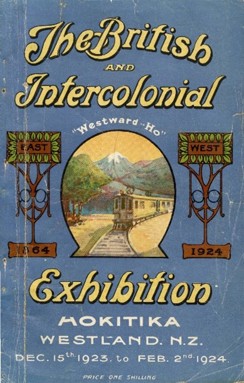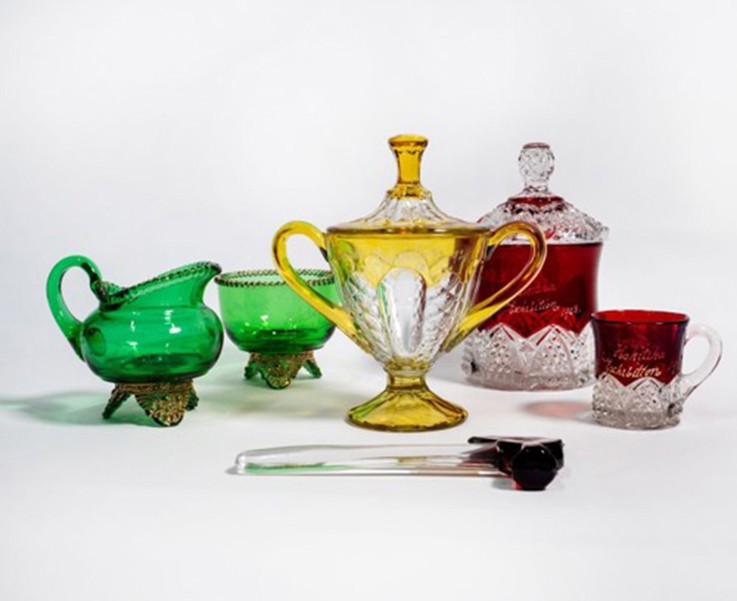When Hokitika Became the Hub of the Nation
Intercolonial Exhibition at Hokitika, 1923
In the summer of 1923–24, Hokitika came alive with one of the most ambitious events ever held on the West Coast – The British and Intercolonial Exhibition. Running from 15 December 1923 to 2 February 1924, the exhibition celebrated two major milestones: the opening of the East and West Coast Railway and the diamond jubilee of the Province of Westland (1864–1924).

For six festive weeks, more than 100 exhibitors – from as far afield as Auckland and Dunedin – transformed Hokitika into a hub of trade, culture, and celebration.

Visitors browsed trade fair displays, attended lectures and concerts, danced the night away, and joined sports days and races.
The exhibition spread across MacAndrew Square and nearby streets, spilling into the Drill Hall, Horticultural Hall, Band Hall, Town Hall, Orpheus Theatre, and a network of purpose-built pavilions and marquees. Streets were temporarily renamed “Greymouth Avenue,” “Westport Avenue,” and “Arthur’s Pass Avenue,” turning Hokitika into a town of avenues, gardens, and bright lights.
A Town Transformed
Entertainment spilled across Hokitika — Cass Square hosted a sports day, the Princess Theatre offered special screenings, and the Westland Races provided a highlight of the summer. At night, MacAndrew Square was beautifully illuminated, and a full programme of concerts and performances kept the town buzzing until late.
Daily tickets cost just a shilling, with season passes available for those who wanted to experience it all. Visitors could also take home a souvenir — engraved glassware sold at one of the exhibition stalls. These delicate pieces are now rare and highly collectible, proudly preserved in museum collections, including ours.
Carnival Glass in Our Collection
The museum holds a beautiful selection of carnival glass from the British and Intercolonial Exhibition.

Some pieces were engraved as gifts while other simply bear the words "Hokitika Exhibition." Known for its distinctive rainbow-like sheen, carnival glass was a popular and affordable household item in the early 20th century. Its shimmering finish was created by applying metallic salts during firing, giving each piece a rich iridescence that sparkles in the light.
Our collection includes colourful bowls, vases, and dishes as well as ornamental hammers. Today, the engraved souvenir carnival glass are sought after by collectors and admired for their craftsmanship.
The Exhibition's legacy was permanently commemorated with the installation of the Statue of Summer in MacAndrew Square, a gift from Exhibition Secretary D. J. Evans and his family. The statue also marks the opening of the East and West Coast Railway and the Diamond Jubilee of Westland Province. It still stands today, a reminder of the summer when Hokitika became the “hub of the Coast.”

